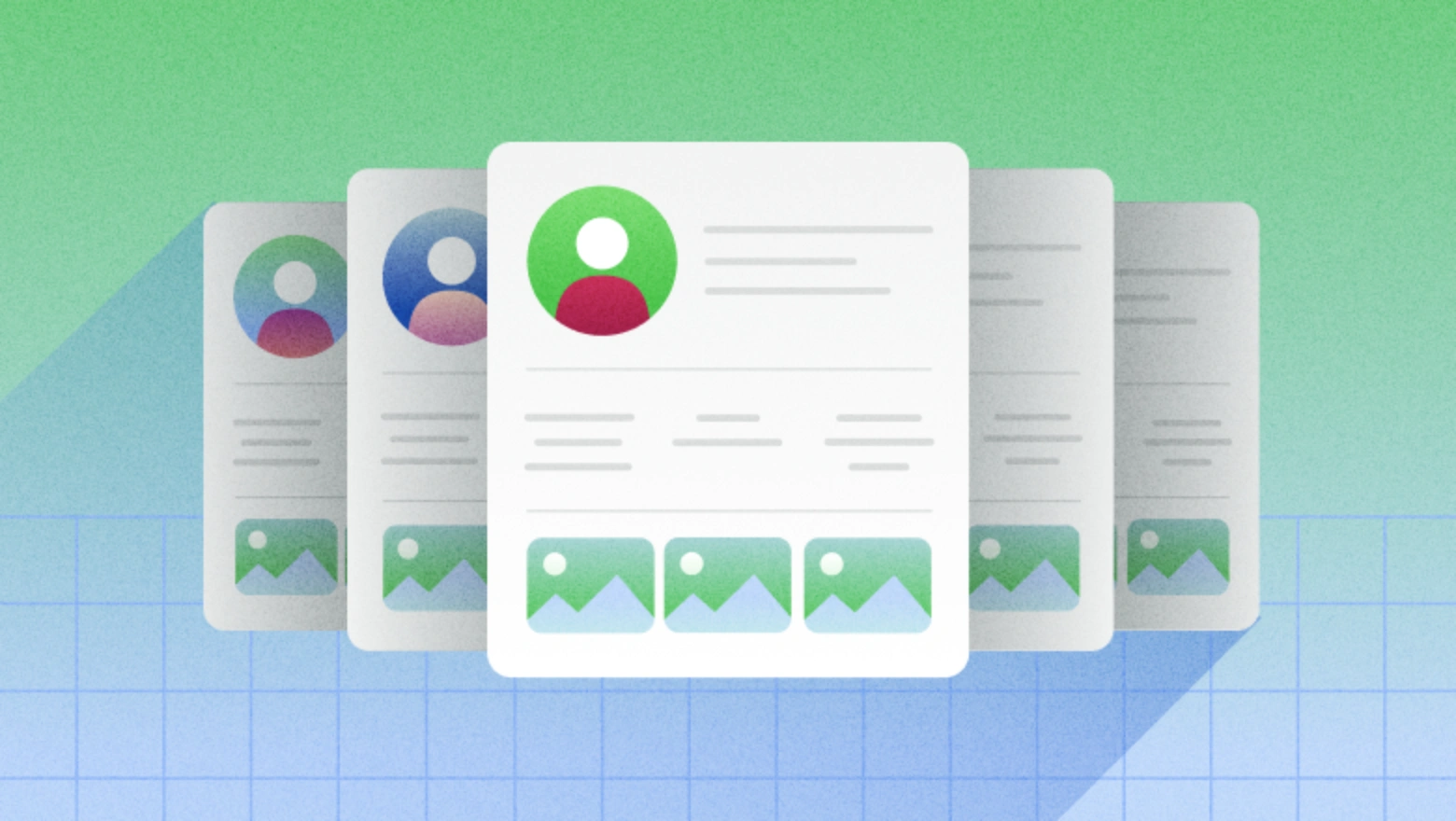How to measure your Facebook marketing ROI
Reaching billions every day, Facebook remains the most widely used social network worldwide, even amid evolving algorithms and the rise of new social networks. Read more... The post How to measure your Facebook marketing ROI appeared first on Sprout Social.

Reaching billions every day, Facebook remains the most widely used social network worldwide, even amid evolving algorithms and the rise of new social networks.
Proving this massive platform’s true marketing impact can require nuance, especially when paid Facebook ad campaigns and organic efforts are measured separately.
To understand the overall contribution of your Facebook marketing strategy to your broader objectives—overall social media ROI and business goals—you need a solution that captures its full influence.
What is Facebook marketing ROI?
Facebook marketing ROI precisely defines your business impact by comparing your costs against the results you achieve. To understand its positive contribution, it’s crucial to align your Facebook ROI with how your organization measures ROI across other channels. This ensures your social campaigns meaningfully contribute to overall business objectives.
What is a good Facebook marketing ROI benchmark?
Facebook ROI benchmarks will vary based on your industry, campaign goals and how Facebook fits into your overall marketing mix. Still, there are key indicators to guide realistic expectations.
Most successful marketers aim for positive ROI within 30 to 90 days, monitor cost-per-clicks that outperform channel averages and track steady increases in attributed conversions.
Facebook consistently ranks as a top performer across both paid and organic strategies, making it a reliable channel for driving measurable returns.
What is the average ROI of Facebook organic?
While Facebook organic ROI is too nuanced to give a single average of all organic Facebook ROI, we’ll share a general framework to gauge its impact. Generally, organic Facebook ROI is calculated by comparing the value generated from their Facebook activities (like traffic, leads or cost savings) against the time and resources spent managing content and engagement.
To define and measure value, focus on these common organic Facebook ROI drivers:
- Lead generation: Organic posts that drive traffic to website content or attribute to conversions
- Customer service: Responding to FAQs and support questions in comments or Messenger, reducing pressure on support teams
- Community engagement: Building long-term brand affinity and trust that influences purchase decisions later
Marketers often start by tracking metrics like click-through rate, organic traffic conversion rate and support volume handled on Facebook. From there, they assign value to those actions based on their worth to the business.
To help paint a better picture of the general impact of organic Facebook on ROI: Facebook consistently ranks as a top performer for organic ROI among marketers. According to Statista, 28% of marketers considered Facebook the social network delivering the highest ROI, outranking Instagram (22%) and YouTube (12%).
While these findings reflect marketer sentiment rather than definitive revenue figures, they reinforce the value many organizations continue to place on Facebook strategies.
What is the average ROI of Facebook ads?
Facebook ads ROI depends on several variables, including business size, industry and campaign objectives. Despite these variables, you can definitively calculate its financial impact through a structured framework. Most marketers calculate Facebook ad ROI by measuring generated revenue (or lead value) against advertising spend.
While results will vary, Facebook ads tend to perform strongly when optimized for outcomes like customer acquisition, lead generation and retargeting. Advertisers often start by tracking cost per acquisition (CPA), return on ad spend (ROAS) or lead quality to assess performance. When those results are tied to revenue or downstream conversions, they form the foundation for ROI measurement.
Paid Facebook campaigns offer more straightforward tracking, but average ROI will still vary based on how you measure. In a survey by eMarketer, Facebook was the top social media ad platform for ROI in the U.S., beating out YouTube and Instagram and only coming in second to Google Ads (as it relates to search).
As with organic efforts, these findings reflect advertiser perception rather than standardized financial performance, suggesting a widely held view that Facebook ads’ ROI is high.
How to set your Facebook marketing ROI benchmarks
Setting strong ROI benchmarks begins with understanding how Facebook directly contributes to your broader business goals. You can apply this simple framework to guide the process:
- Define your goals: Clarify what success looks like for your business, whether it’s revenue, lead generation, efficient support deflection or customer engagement.
- Account for all expenses: Accurately factor in every investment allocated to Facebook: ad spend, tools, content creation and team time.
- Measure value generated: Systematically track Facebook’s contributions—such as conversions, sales, traffic or reduced service volume—based on your clearly defined goals.
- Calculate your ROI: Once your inputs (costs) and outputs (value) are defined, you can measure performance over time.
- Set initial benchmarks: Leverage historical data, results from other platforms or established industry baselines to set realistic expectations for Facebook performance.
- Reassess as you go: Benchmarking isn’t a one-and-done process. You continually adjust your benchmarks based on campaign type, seasonality and evolving data reliability driven by changing privacy regulations.
This framework empowers you to move from vague performance observations to clear, business-aligned expectations you can continue to refine over time.
Challenges affecting Facebook marketing ROI
Facebook’s massive amount of first-party data has historically given it an advantage over other social networks. This wealth of information, including log-in behavior and demographic data across Facebook and Instagram, provides key details about your target audience, ad performance and conversion paths, reducing dependence on third-party cookies.
But that advantage is narrowing. Privacy regulations, iOS tracking restrictions and changes in browser behavior have made it harder to connect Facebook activity to off-platform outcomes. Marketers now face major visibility gaps when users leave the app, switch devices or engage on other social media channels. This lack of visibility complicates attribution and makes it harder to measure meaningful ROI.
Beyond the difficulties of tracking activities off Facebook, measuring the true impact of marketing efforts on Facebook also presents a challenge.
Buyer journeys are rarely linear. Potential customers might watch a video, save a product post and interact with a retargeting ad before purchasing a product from you. While Facebook tracks these touchpoints internally, determining which was the most valuable interaction, especially alongside other channels, is difficult.
Standard attribution models often over-credit the last click, missing how Facebook drives earlier intent in the customer journey. While tools like MMM or incrementality testing offer valuable insights, a comprehensive approach is key. Successfully measuring Facebook’s impact comes from a strategic mix of multi-touch attribution models combined with regular audits and CRM or BI integrations. This powerful combination delivers a clearer view of Facebook’s essential role in driving growth.
How to calculate Facebook ROI
At its core, Facebook marketing ROI measures the business value you generate in relation to the amount you spend. The basic formula is straightforward:
(Return – Facebook investment) ÷ Facebook investment = ROI
For Facebook ad campaigns, many marketers use return on ad spend (ROAS) as their primary performance metric. ROAS focuses specifically on revenue generated from Facebook ads compared to the costs associated with creating and running those ads. The formula looks like this:
Revenue from Facebook Ads ÷ Facebook Ad spend = ROAS
ROAS gives you a tighter, more immediate view of paid campaign efficiency. But it has the same underlying challenge as broader ROI: accurately tracking return. Calculating your total investment—including ad copy, call to action development, visuals, tools and your team—is usually straightforward because you likely already track those costs. The challenge is calculating the return.
Attribution modeling, MMM and incrementality testing offer a deeper, more defensible way to measure return. While these methods aren’t exclusive to Facebook, how you apply them will change based on the platform’s limitations and strengths.
Attribution modeling
Attribution modeling helps you assign value to different Facebook touchpoints—like organic post views, ad clicks and Messenger replies—over the entire customer journey. The challenge is that Facebook’s native reporting frequently favors last-click results, and privacy updates (like those in iOS 14+) have significantly limited off-platform data. As a result, relying solely on Meta’s reporting rarely tells the whole story.
For a more accurate picture aligned with your business goals, you’ll likely need to supplement Facebook data (Ads Manager and organic data) with your own tracking setup, using pixels, UTMs and analytics platforms. Multi-touch attribution models provide a more holistic view than Meta’s default last-click.
Media mix modeling (MMM)
Media mix modeling uses aggregated historical data to estimate how much each of your social media channels contributed to business results. That’s invaluable information when Facebook is one part of your broader campaign mix or you’re running awareness content that doesn’t always convert directly.
Because MMM depends less on tracking individual users, it sidesteps some of Facebook’s current issues with tracking visibility. But the model requires a large amount of clean data over time. Make sure to analyze your Facebook activities separately, like organic and paid, so the model accurately assigns credit to the right activity.
Incrementality testing
Incrementality testing compares the outcomes of a group exposed to your Facebook content or ads with a control group that wasn’t exposed. For paid campaigns, Meta provides built-in conversion lift and testing tools, enabling you to isolate the true impact of your ads.
Testing organic incrementality is more challenging because Facebook lacks built-in audience segmentation for organic posts. You can still approximate lift by limiting targeting options, like posting certain content to niche communities or an event Page and comparing results from your main page.
Some teams also test organic impact by coordinating publishing gaps—for example, running a week with no Facebook posts and then a week with regular activity—to measure the difference in referral traffic or conversions. It’s not perfect, but it can reveal whether Facebook is truly driving business outcomes or echoing other social efforts.
How to optimize your Facebook marketing ROI
To optimize your ROI on Facebook, you need to closely monitor the daily signals you know influence it. Instead of tracking every Facebook key performance indicator (KPI) for the sake of tracking, prioritize the specific metrics that have a direct impact on revenue.
Track KPIs that influence ROI
Start by choosing key metrics like leads, purchases or sign-ups. Then, analyze your historical Facebook data to determine which metrics increase when outcomes improve. If metrics like video views or post clicks are a consistent presence in your high-performing campaigns, track them. But if high engagement never leads to sales, it’s not a useful signal for ROI optimization.
To help you pinpoint the most important metrics for your business, consider these:
- Form fills or purchases that originate from Facebook
- Conversion rate on traffic from Facebook compared to other sources
- Engagement and a high influx of comments on high-quality organic content
- Performance by ad format (like video or carousels)
- Cost per click of ads on Facebook compared to other social channels
- Lead generation numbers from native form fills on Facebook
- Lifetime value of potential customers who originate from Facebook
While most native Facebook tools provide engagement metrics on individual posts, they don’t group posts by campaign, compare content formats over time or isolate performance across audiences. Social media management platforms like Sprout Social address these tracking limitations by setting up campaign-level tagging and post grouping so you can see clear trend lines over time.
For example, with Sprout, you can track click-through rate, post link clicks and impressions over time on a specific Facebook page. You can also filter results by date range, compare post types and view performance for both organic and paid content.
Campaign tagging in Sprout provides a deeper layer of control by enabling you to view and analyze the performance of specific initiatives in one central location. For example, by tagging all content related to a webinar, launch or seasonal sale, you can analyze its overall impact compared to other campaigns or initiatives.
Keep in mind that you’ll still need to integrate platforms like Sprout and Google Analytics with business intelligence solutions like Tableau or Salesforce to run attribution or MMM analysis. The detailed data from these marketing tools is essential for advanced analysis across the customer journey.
Chase insights, not numbers
If you’re reporting on Facebook marketing to leadership, ROI isn’t the only thing they need to see. What matters more is that you understand why Facebook generated the ROI it did and how you plan to use that information to make informed decisions in the future. Uncovering and communicating that deeper insight is often the biggest challenge.
Start by analyzing key transition points in the buyer journey—they’re usually telling. For Facebook, this can involve:
- Asking whether the same audience overlaps with organic content and ad engagement
- Seeing if those who convert through forms on Facebook take action afterward
- Measuring whether traffic to your website bounces or sticks around
These patterns shed light on how you can increase Facebook ROI by addressing friction points for your audience. These insights also enable you to explain ROI and develop a plan for future improvement.
Create a system
The next step is building systems that ensure your ROI reporting is reliable and consistently insightful. This includes structuring your campaigns, tracking and reporting to make it easy to spot patterns, testing improvements and correcting what’s not working.
Consider incorporating these elements into your tracking and analysis:
- Track Facebook activity with structure and consistency: Use UTM parameters on every external link, enable Meta Pixel on key pages and apply consistent naming conventions in Ads Manager and Sprout.
- Use A/B testing inside Meta Ads Manager to isolate what’s working: Test one variable at a time (like ad creative, placement or audience) to see which improves conversion rates or lead quality. Avoid making changes without a control group.
- Combine organic and paid data in one place: Sprout provides unified reporting for organic and paid campaigns. You can directly compare the performance of organic boosted content against standalone ads and see how organic engagement contributes to extending the reach of your paid campaigns.
- Check attribution and tracking setup regularly: Facebook performance data is sensitive to API changes that disrupt the data flow. Audit your pixel, custom events and UTM parameters each quarter to ensure key actions are captured accurately across devices.
To consistently surface insights and accurate ROI numbers, maintain your data pipelines and organize your organic and paid content tracking.
Drive Facebook growth with Sprout Social
Sprout unifies your Facebook data, empowering you to track key metrics, tag campaigns with ease and measure what matters for your Facebook marketing ROI—all in one place. Integrate your BI tool with Sprout to connect performance directly to overall ROI, turning fragmented data into clear, actionable insights.
Ready to see real impact? Start your free 30-day trial and turn your Facebook marketing into measurable, undeniable business growth.
The post How to measure your Facebook marketing ROI appeared first on Sprout Social.


























![Brand and SEO Sitting on a Tree: K-I-S-S-I-N-G [Mozcon 2025 Speaker Series]](https://moz.com/images/blog/banners/Mozcon2025_SpeakerBlogHeader_1180x400_LidiaInfante_London.png?auto=compress,format&fit=crop&dm=1749465874&s=56275e60eb1f4363767c42d318c4ef4a#)

![How To Launch, Grow, and Scale a Community That Supports Your Brand [MozCon 2025 Speaker Series]](https://moz.com/images/blog/banners/Mozcon2025_SpeakerBlogHeader_1180x400_Areej-abuali_London.png?auto=compress,format&fit=crop&dm=1747732165&s=beb7825c980a8c74f9a756ec91c8d68b#)
![Clicks Don’t Pay the Bills: Use This Audit Framework To Prove Content Revenue [Mozcon 2025 Speaker Series]](https://moz.com/images/blog/banners/Mozcon2025_SpeakerBlogHeader_1180x400_Hellen_London.png?auto=compress,format&fit=crop&dm=1747758249&s=9f3c5b1b7421f862beace1cb513053bb#)

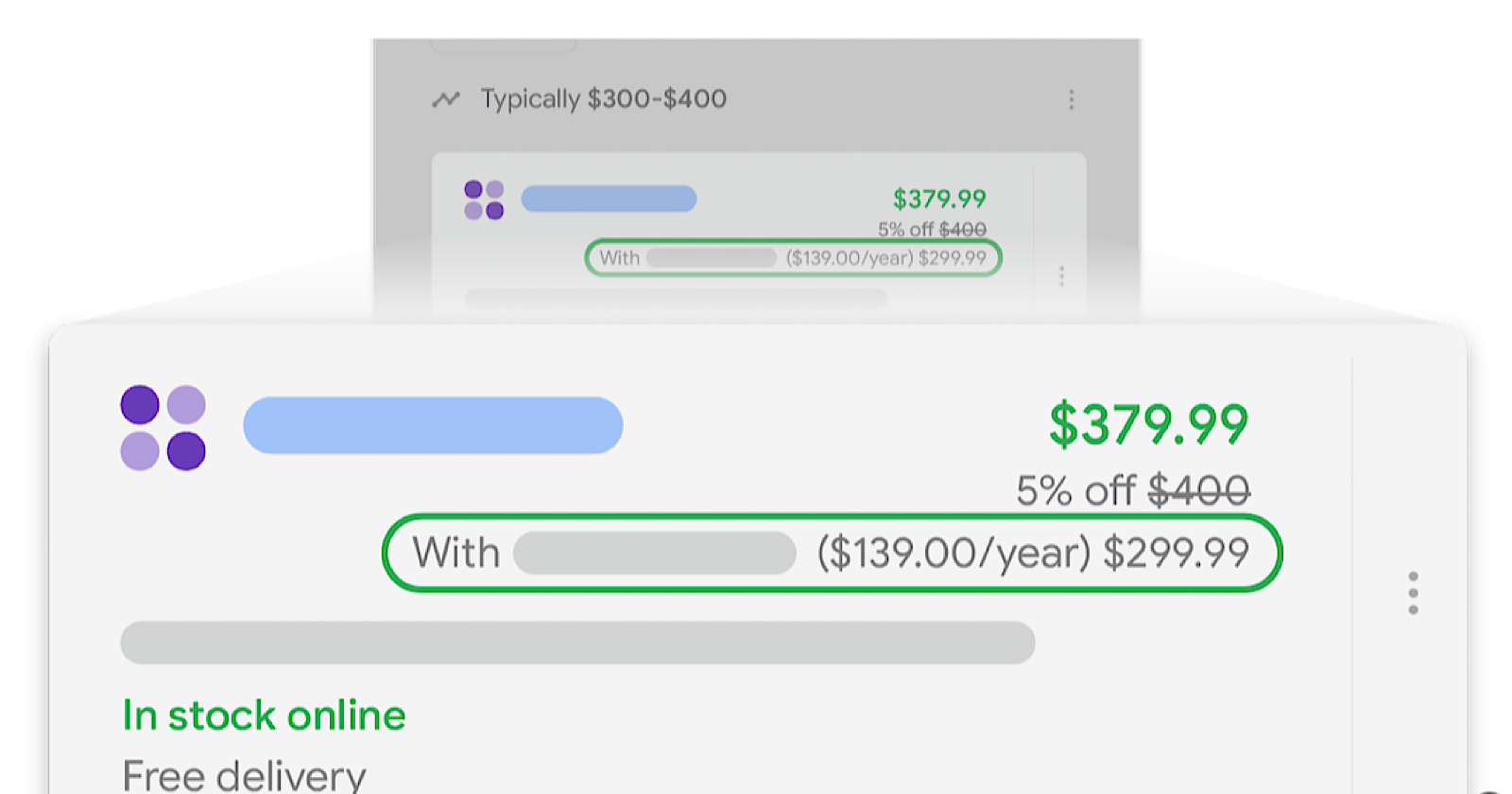





















![The 11 Best Landing Page Builder Software Tools [2025]](https://www.growthmarketingpro.com/wp-content/uploads/2024/04/best-landing-page-software-hero-image-1024x618.png?#)


































![How To Build AI Tools To Automate Your SEO Workflows [MozCon 2025 Speaker Series]](https://moz.com/images/blog/banners/Mozcon2025_SpeakerBlogHeader_1180x400_Andrew_London-1.png?auto=compress,format&fit=crop&dm=1749642474&s=7897686f91f4e22a1f5191ea07414026#)
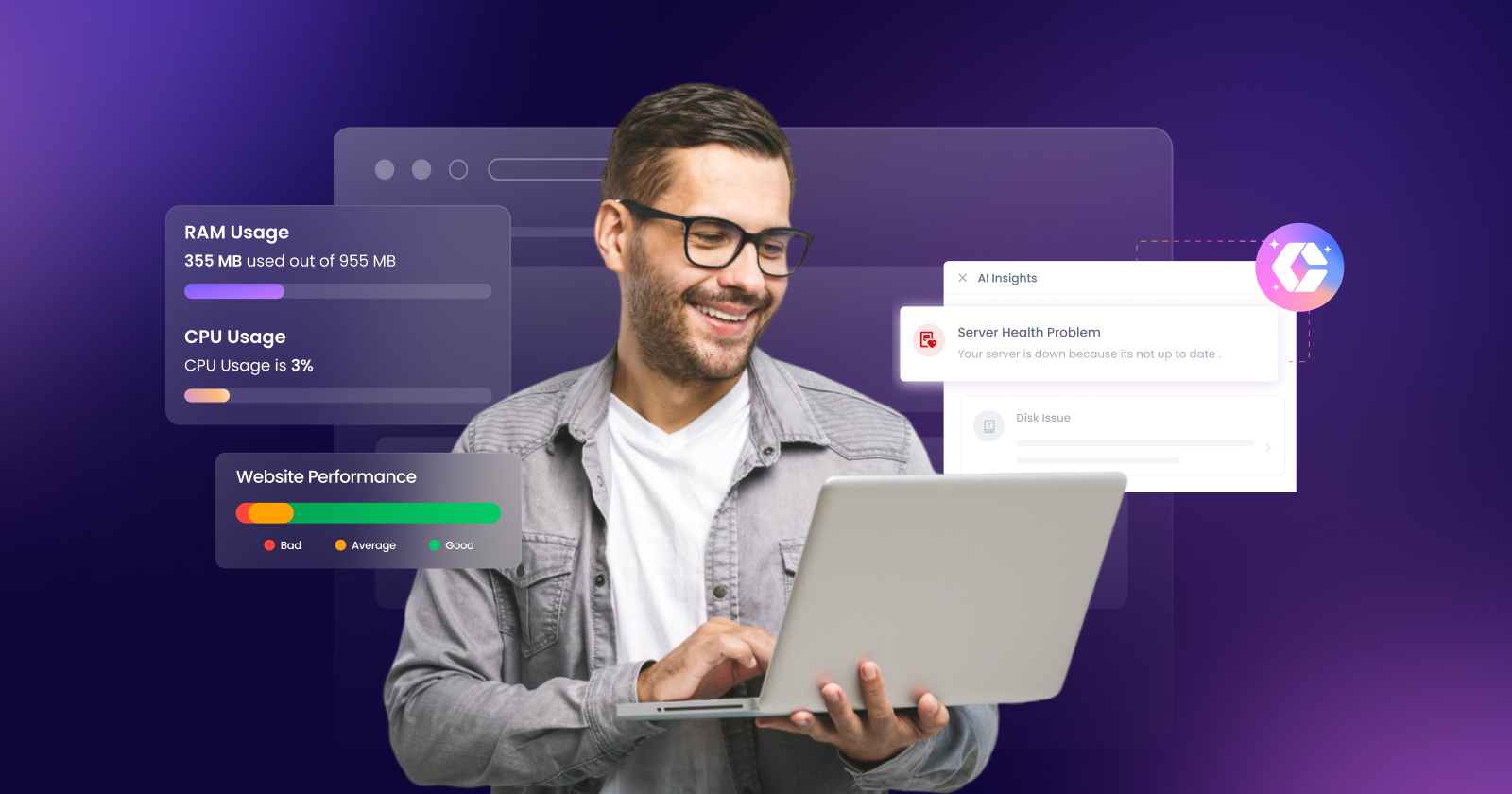





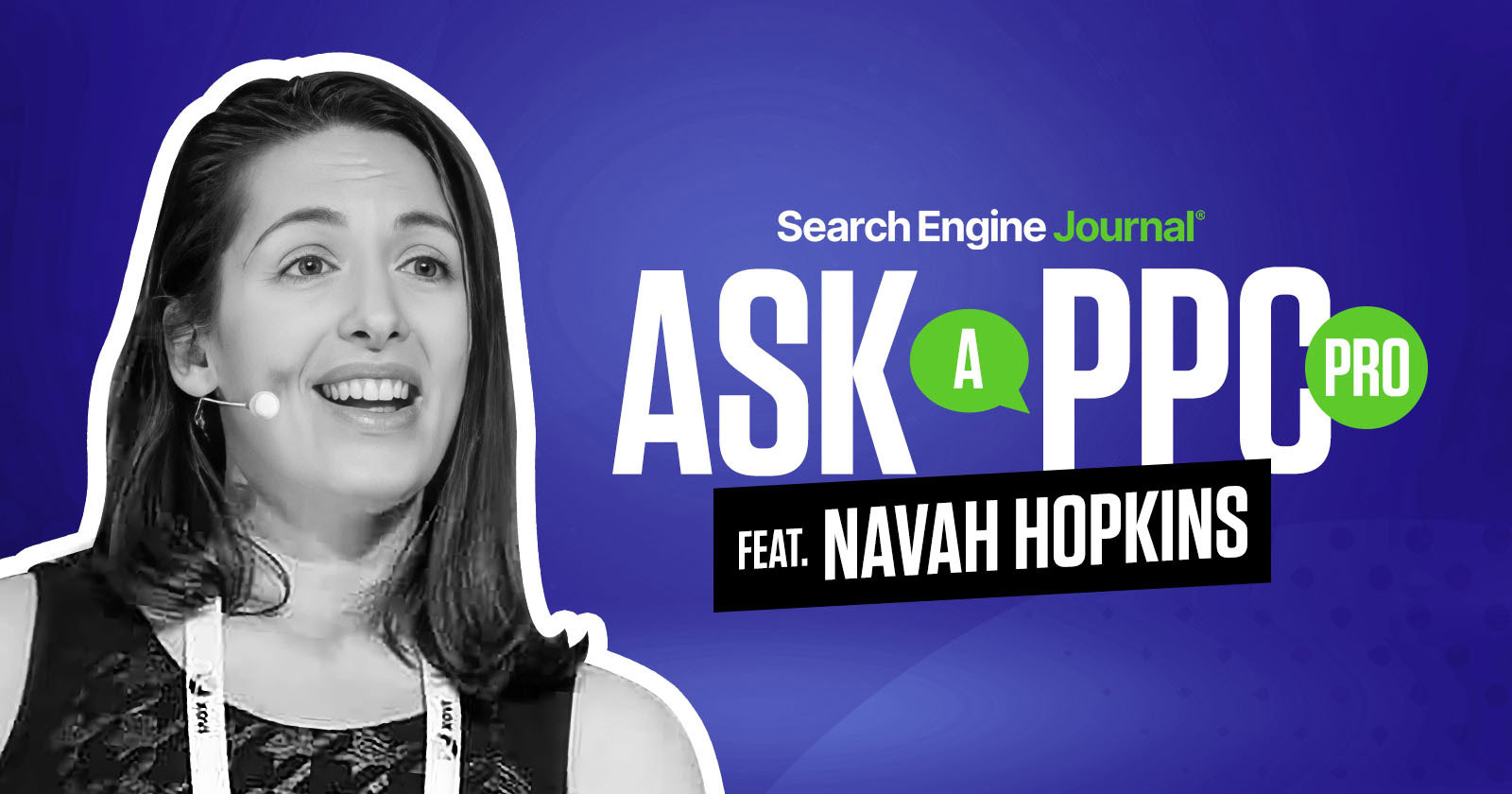






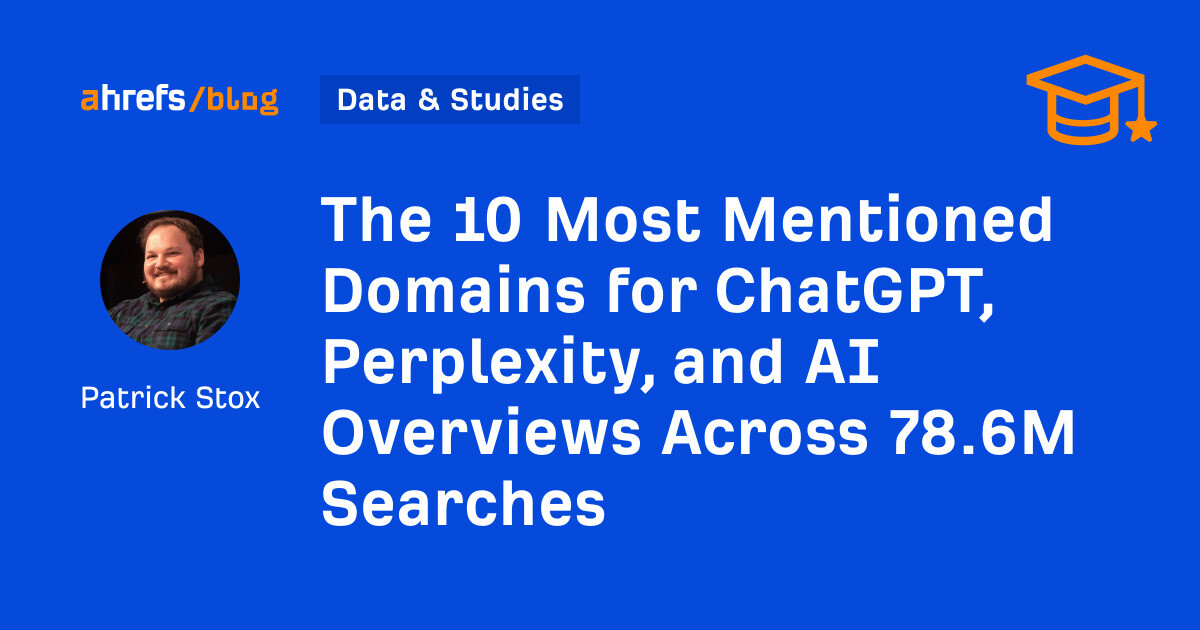
![Marketers Using AI Publish 42% More Content [+ New Research Report]](https://ahrefs.com/blog/wp-content/uploads/2025/06/marketers-using-ai-publish-42-more-by-ryan-law-data-studies-1.jpg)


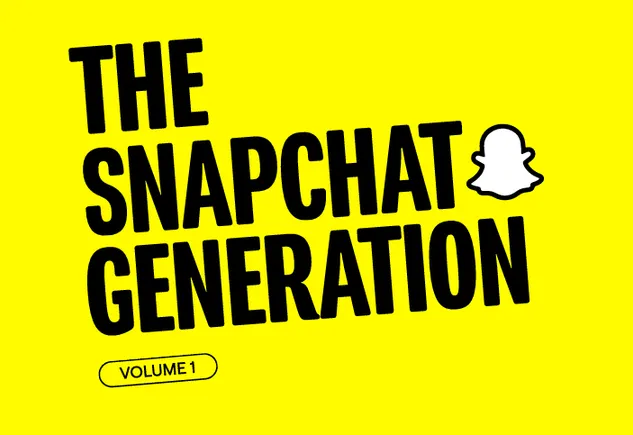











![Social media image sizes for all networks [June 2025]](https://blog.hootsuite.com/wp-content/uploads/2023/01/Social-Media-Image-Sizes-2023.png)


![The HubSpot Blog’s AI Trends for Marketers Report [key findings from 1,000+ marketing pros]](https://www.hubspot.com/hubfs/state-of-AI-1-20240626-53394.webp)
![AI can boost conversions from your web page — HubSpot’s CMO shows you how [tutorial]](https://knowledge.hubspot.com/hubfs/ai-1-20250605-395473.webp)
![The state of inclusive marketing in 2025 [new data + expert insight]](https://www.hubspot.com/hubfs/inclusive-marketing-report.webp)













